For Anna Bario and Page Neal, designing jewelry meant more than choosing the perfect stone — it meant making a lasting impact. Their company, Bario Neal, was born from the idea that “our most precious things come with a story,” and the beginning of that story is of utmost importance.
Sustainable fashion has eased its way into the growing culture of being environmentally mindful, and with this movement came an increase in jewelry companies focusing on how to source gemstones and metals without causing a devastating impact on the environment. For Bario and Neal, the principal and lead designers of their company, they sought to create jewelry with a meaning, saying, “to us, creating objects of lasting value means understanding their full impact and origins. [That means] the places the raw materials come from, all the hands that touch the materials and the jewelry as it’s made.”
The Philadelphia-based company creates all their jewelry pieces by hand, with all their diamonds and colored gems being traceable, mine to market products. The design process starts with the aesthetics of the piece, then to how it will be crafted and its functionality, says Bario and Neal. “Then we work out how to make it responsibly. That can mean researching new sources, new materials, or custom cutting.”
Along with supporting sustainable jewelry, the company, which mainly creates engagement and wedding bands, also supports LGBTQIA rights, working to “undermine and eliminate the presumption of heterosexuality that pervades much of the wedding and jewelry industry,” says Bario and Neal. “Supporting unity and advocating for human rights within the jewelry industry is a non-negotiable part of our mission.”
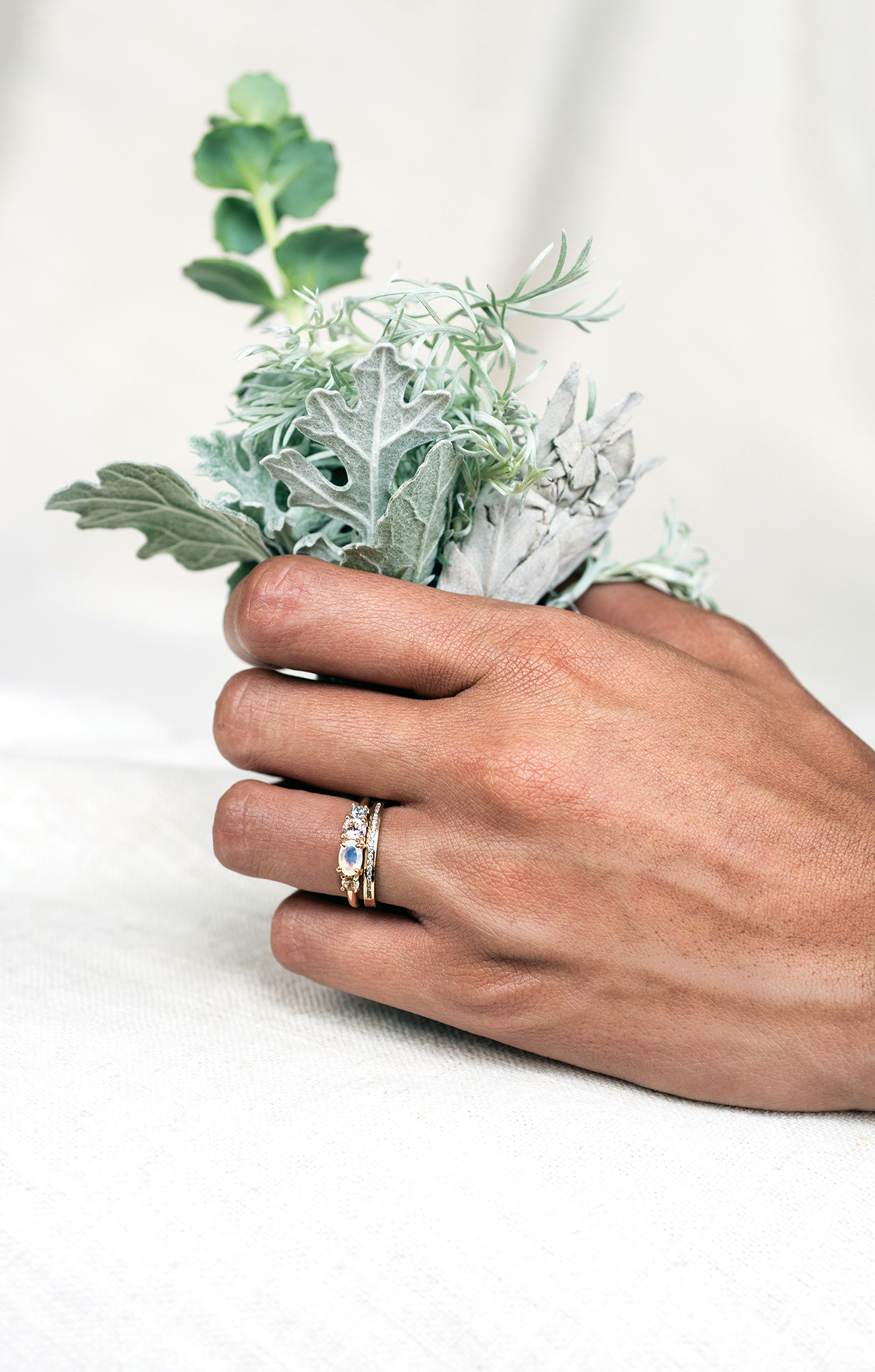
©Bario Neal Jewelry
Bario Neal

Photo by Daniel Johnson
Caitlin Cimino
Like Bario Neal, for Caitlin Cimino and her namesake jewelry company, the story of her ethically sourced pieces is essential to her craft. Cimino, who started her company in 2010, takes a hands-on approach when it comes to her creations. “When I create jewelry, I tie a mindful practice around the entire process — from collecting plant material to sifting through mine debris for gemstones.” Cimino started her ethical business knowing the connection between the jewelry industry and the gemstone and metal mining industries, two industries that are “environmentally and ethically damaging,” Cimino says.
All the gemstones Cimino finds are collected from a privately owned mine in California where her company is based. According to her website, unlike other mines that neglect their surrounding environment, the mine Cimino visits encourages local ranchers to utilize their mining debris in their orchards. The metal she uses is high-quality, up-cycled sterling silver with its impurities removed, making the quality similar to newly mined metal. Cimino describes her jewelry as “Medicine Jewelry™” and has created a process surrounding this ideal. “When I sit at my workbench, I perform different ritual practices like lighting herbs and incense, saying prayers or mantras and setting intentions,” Cimino says. “I do this because everything we involve ourselves in has a story and energy intertwined within, and I believe in the importance of making the story of my jewelry pure and positive.”
For co-founder of the jewelry company Puck Wanderlust, Ranelle Chapman, a core mantra pulls together the focus of her brand with it being “one of collaboration and the shared wealth of skills to create something unique yet mindfully made,” says the company’s website. “The interest in sustainability is at the heart of the brand — from packaging to production.” Founded in 2015 in London, the name is derived from “Puck,” a mischievous fairy in English folklore, and “Wanderlust,” a strong desire for travel and adventure. The company’s team traveled outside of its home country to India and Bali where its jewelry is handcrafted.

Sun Mandala bracelet in silver
by Puck Wanderlust.

A mix of different gold rings with onyx and moonstone by Puck Wanderlust.

Photos courtesy of Puck Wanderlust
Moon Mandala pendant necklace in gold
by Puck Wanderlust.
Puck Wanderlust works with small family-owned suppliers in these countries, their suppliers using recycled materials where possible while providing fair wages for their staff. According to the company, “we are committed to the ethical sourcing of our semi-precious stones and work closely with suppliers to ensure that they adhere to our code of conduct, which outlines strict standards of business behaviour.”
Puck Wanderlust also draws design inspiration from the countries that provide them with their materials. The latest “Bombay Deco Collection” is inspired by Indian Art Deco with geometric motifs and vibrant colors and patterns, according to Puck Wanderlust. In this collection, every design is handcrafted using 100-percent recycled silver and 18-carat gold vermeil, with each stone being “lovingly set.”
Niki Grandics, founder and designer of Enji Studio Jewelry in California, also sources her materials from around the world, buying them as close to the source as possible, she says, with rutile coming from a Pyramid mine in Bahia Brazil and her rich red rubies from Liberia. Grandics, who has always loved fashion and design, chose to ethically source her materials after the Rana Plaza factory collapse in 2013. The devastating event killed over 1,100 garment workers and injured over 2,000 more people, shaking the fashion industry to the core and causing companies to change where they source their materials. “The factory produced clothing for large brands I shopped with at the time,” Grandics says, “and it was shocking to me that so many young women — most garment workers are women age 18 to 35 — died so that young women like me in the West could buy the latest trends.”

Puck Wanderlust
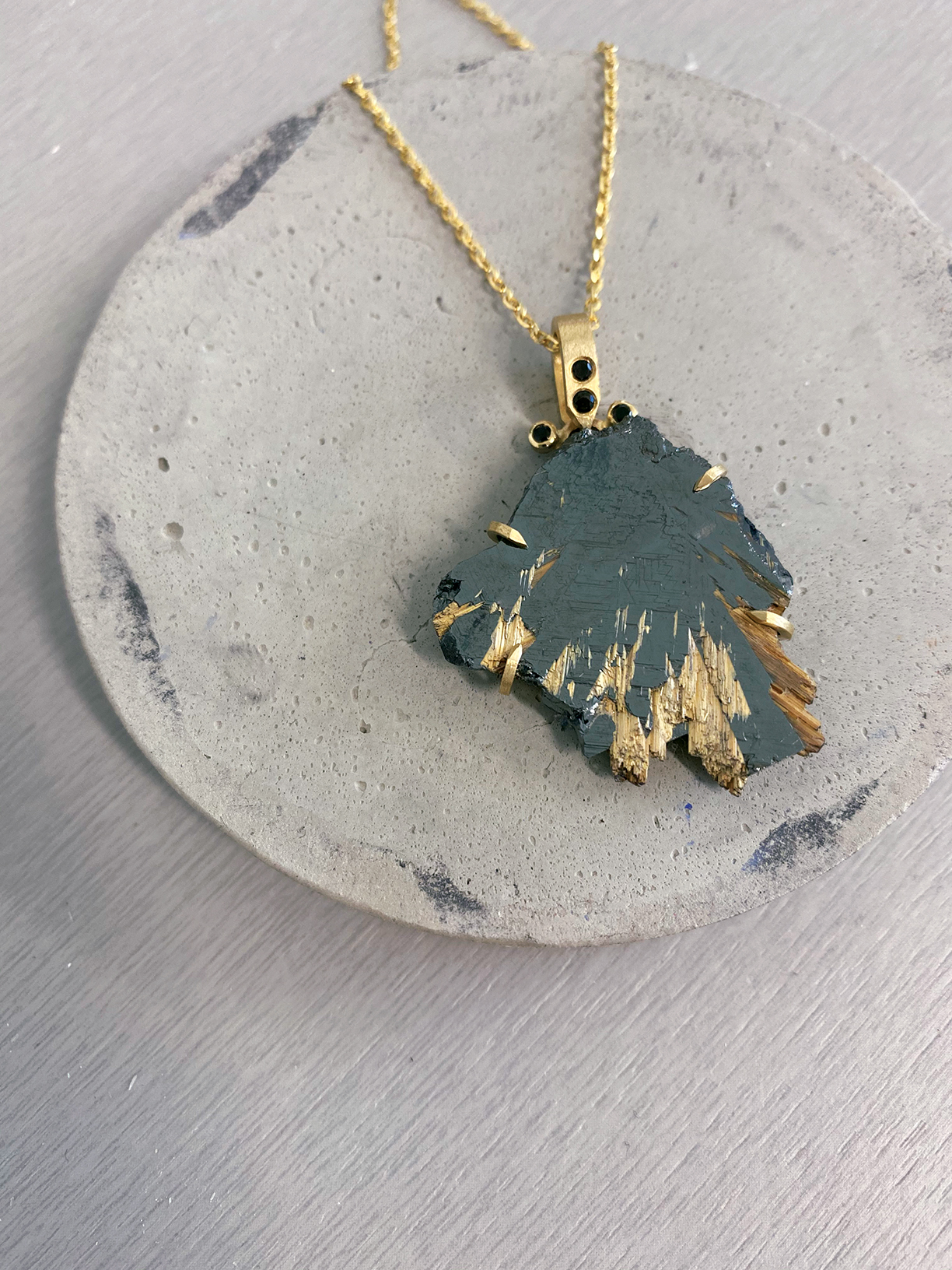
Photo courtesy of Enji Studio Jewelry
Grandics’s favorite recent creation, the Ankoma Pendant. It’s made of rutilated hematite stone and hand-fabricated with recycled gold.
Enji — its name derived from Grandics initials “N” and “G” — goes beyond making modern and minimalist styles, but looks to shed light on issues in the industry that people may not be aware of, supporting projects that help end the use of toxic chemicals such as mercury, which is harmful to people and the surrounding environment.
Grandics’ future plans include putting together a map of where all the gemstones come from, creating “radical transparency,” something she believes fashion companies should start doing, along with becoming completely sustainable. “We only have this planet as far as I know and, given the scale of climate change, I think it’s imperative,” Grandics says. “If it can’t be reused, recycled, or biodegraded, it shouldn’t be in production, period.”
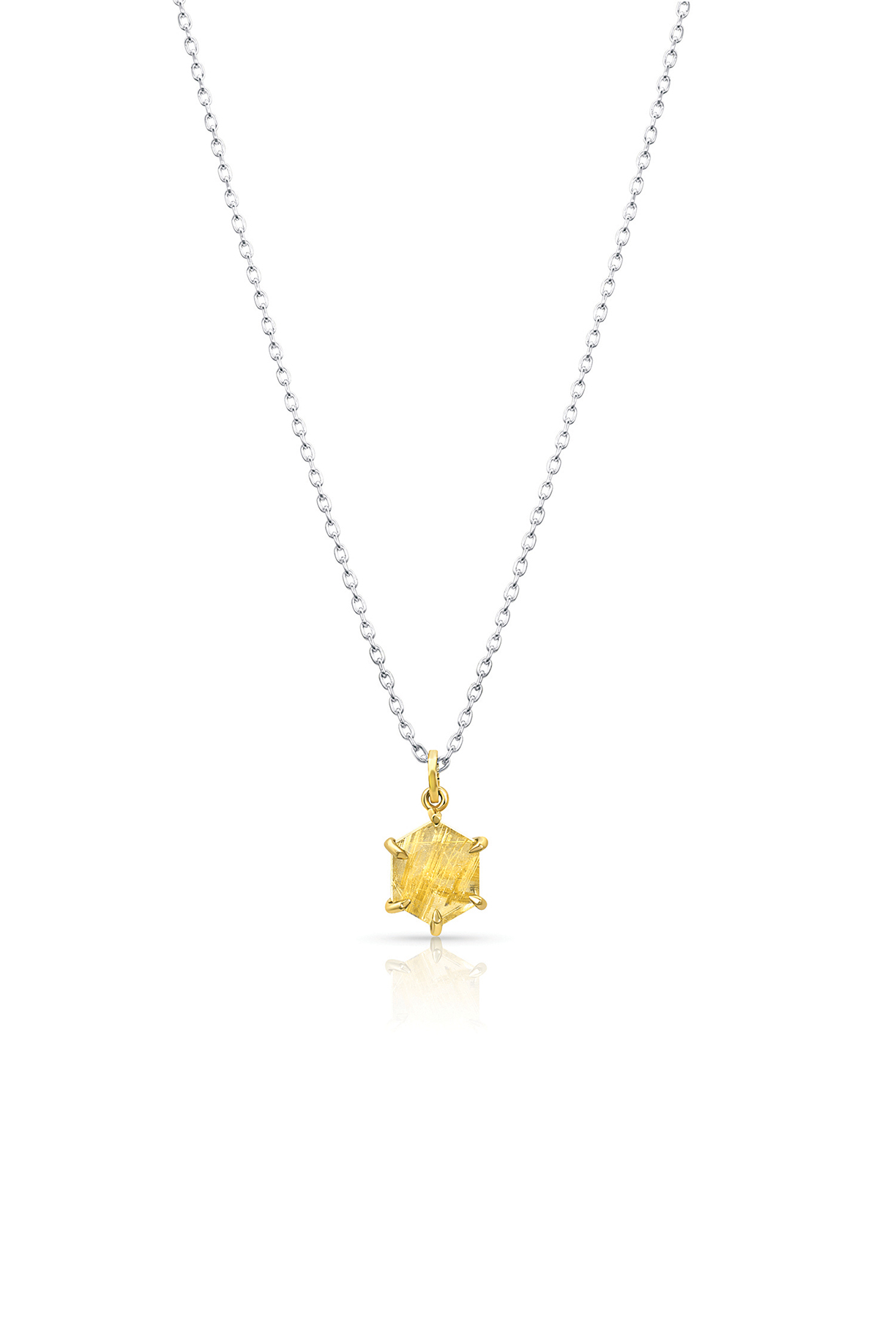
Photo courtesy of Enji Studio Jewelry
Aline Pendant: 2.25ct rutilated quartz and recycled 14k gold.
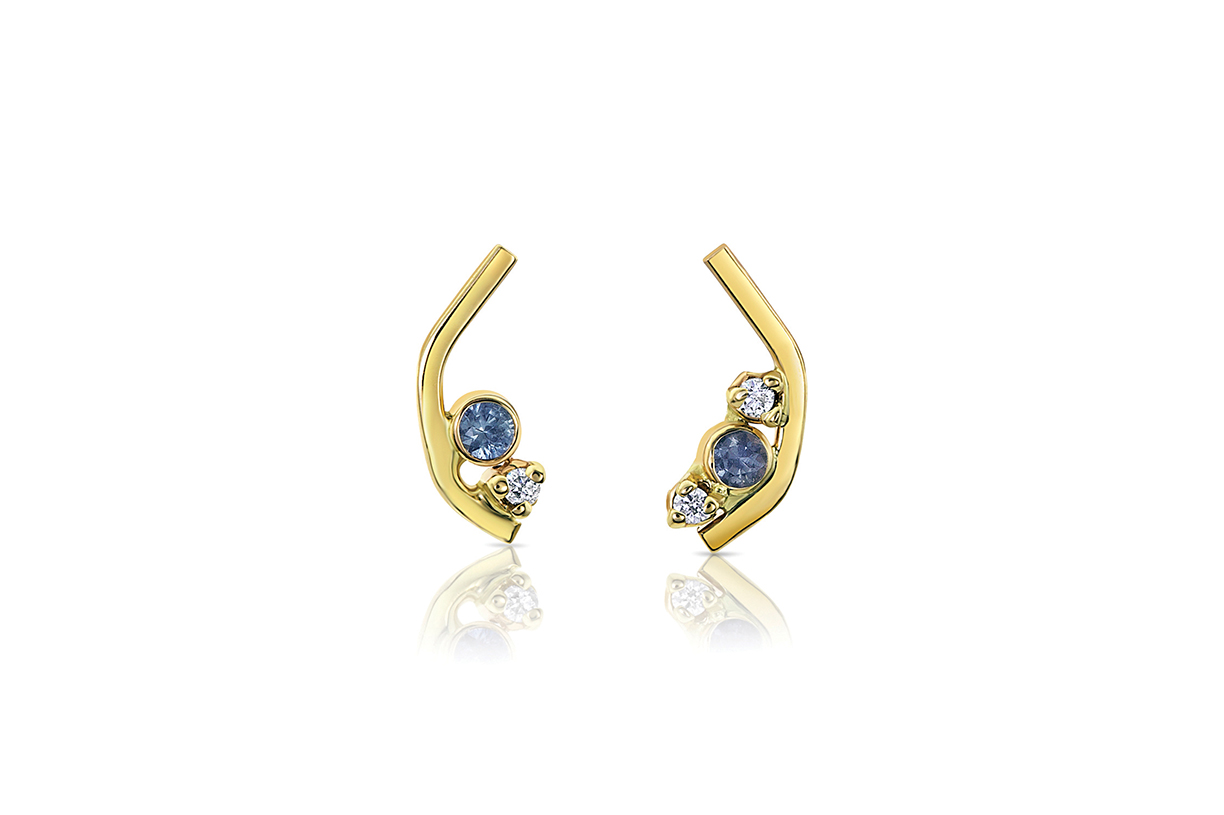
Paavo Studs: Recycled 14k gold, Montana sapphires and Canadamark diamonds.
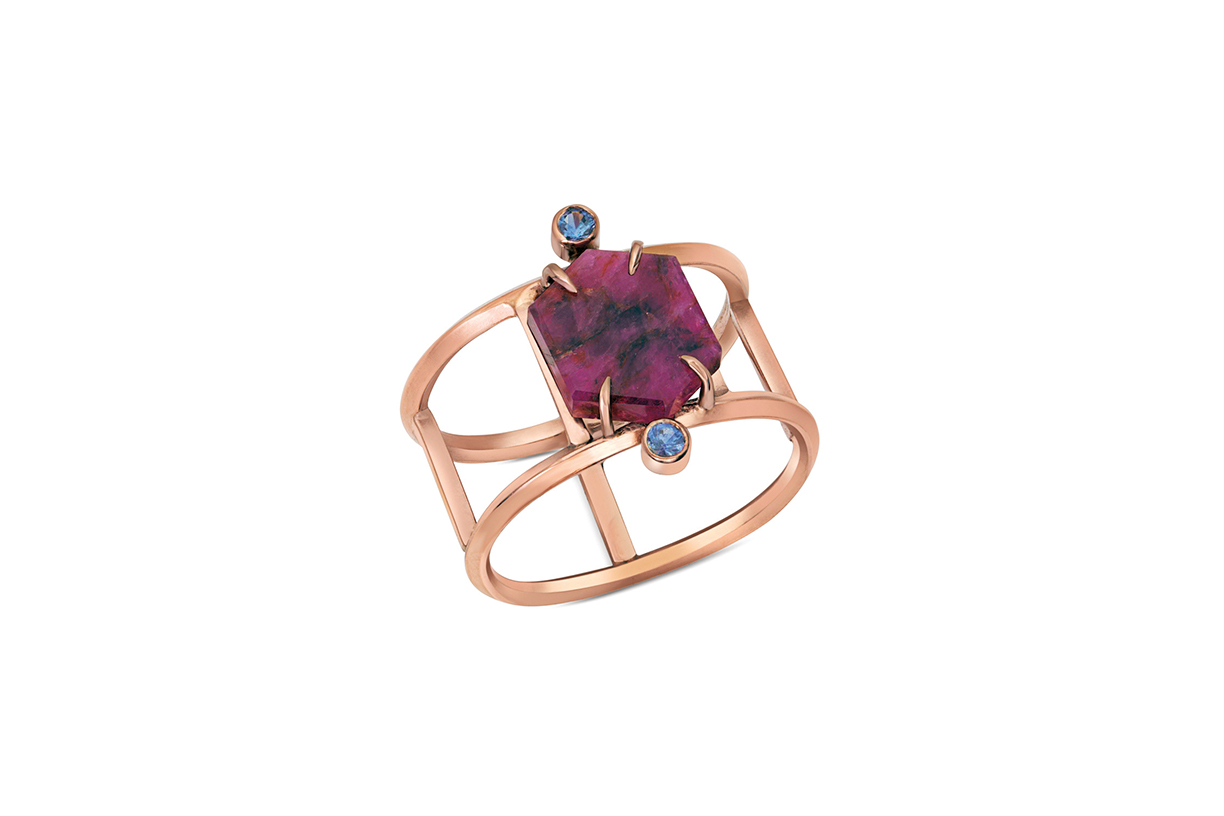
Photos courtesy of Enji Studio Jewelry
Faustina Ring: Ruby slice, Montana sapphires and recycled 14k rose gold.
Upon learning that her engagement ring possibly contained a conflict diamond, CEO and founder of MiaDonna Anna-Mieke Anderson knew she had to make things right for herself and the jewelry industry. “I started sponsoring Ponpon, a 7-year-old boy in Liberia, Africa,” Anderson says. “It’s through our letters that I got a first-hand look at the realities of living in a diamond mining community. I will never forget the day he wrote to me and said, ‘I had a great summer because only one of my classmates was killed.’”
Anderson set out to source conflict-free diamonds the best possible way she could find: growing them in a lab. MiaDonna has led the evolution in the lab-grown diamond industry, with the company debuting the largest USA-grown diamond at the time, at 6.28 carats in 2016. To help combat the issue, Anderson created a foundation, The Greener Diamond, that works together with MiaDonna, and empowers communities to grow food instead of mining diamonds. With each purchase of a piece from MiaDonna, the money goes toward programs that restore the lives and lands of people in sub-Saharan Africa affected by mining.
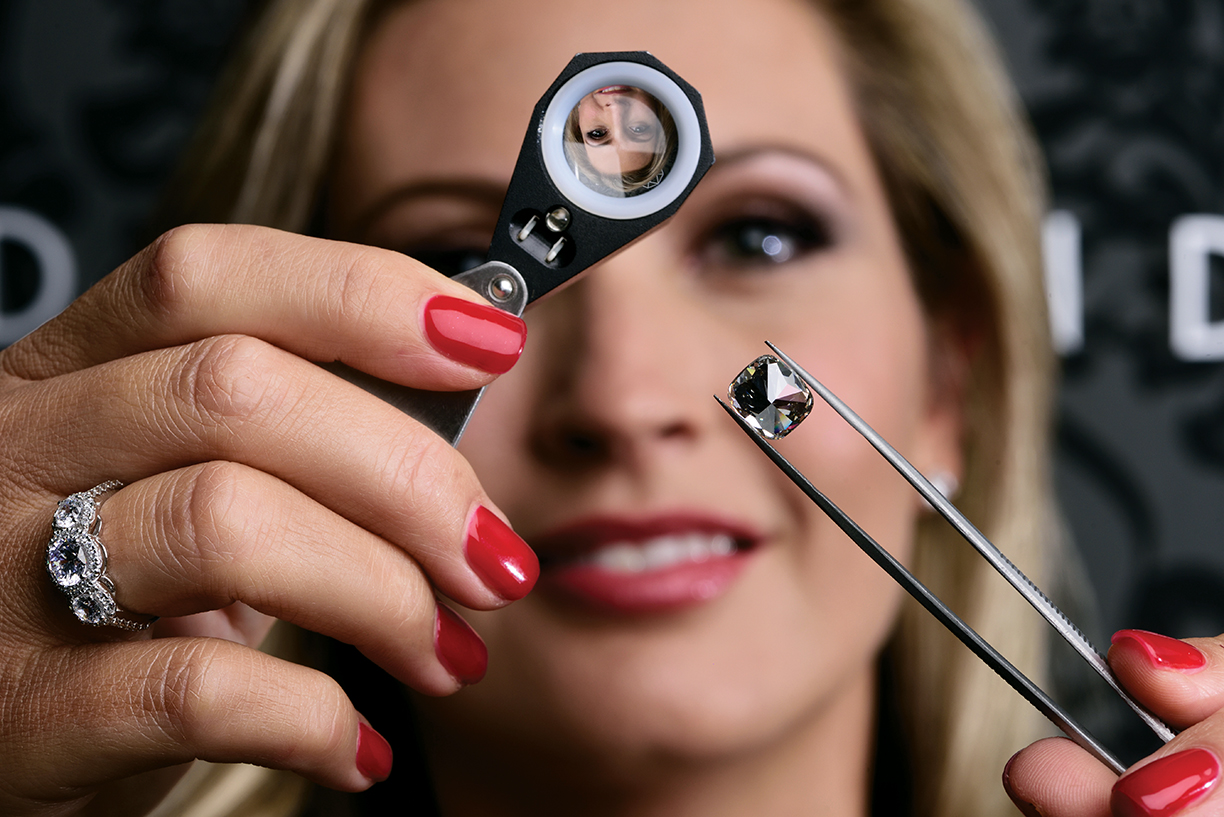
©2016 Alex Milan Tracy
Anderson’s company, MiaDonna, is named after the two most influential people in her life: her daughter, Mia, and her late mother, Donna.
According to Anderson, people should become more aware of where their jewelry is coming from because “every time we make a purchase, we are voting with our money.” Anderson is proud of where her company is headed, recently becoming B Corp certified in America, the first lab-grown diamond retailer to do so. But she isn’t going to stop there, looking toward the planet, her cause, and more importantly, the people, as her reason for making a difference. “As for the little boy, Ponpon, he just completed University and runs our foundation projects in Liberia, Africa.”
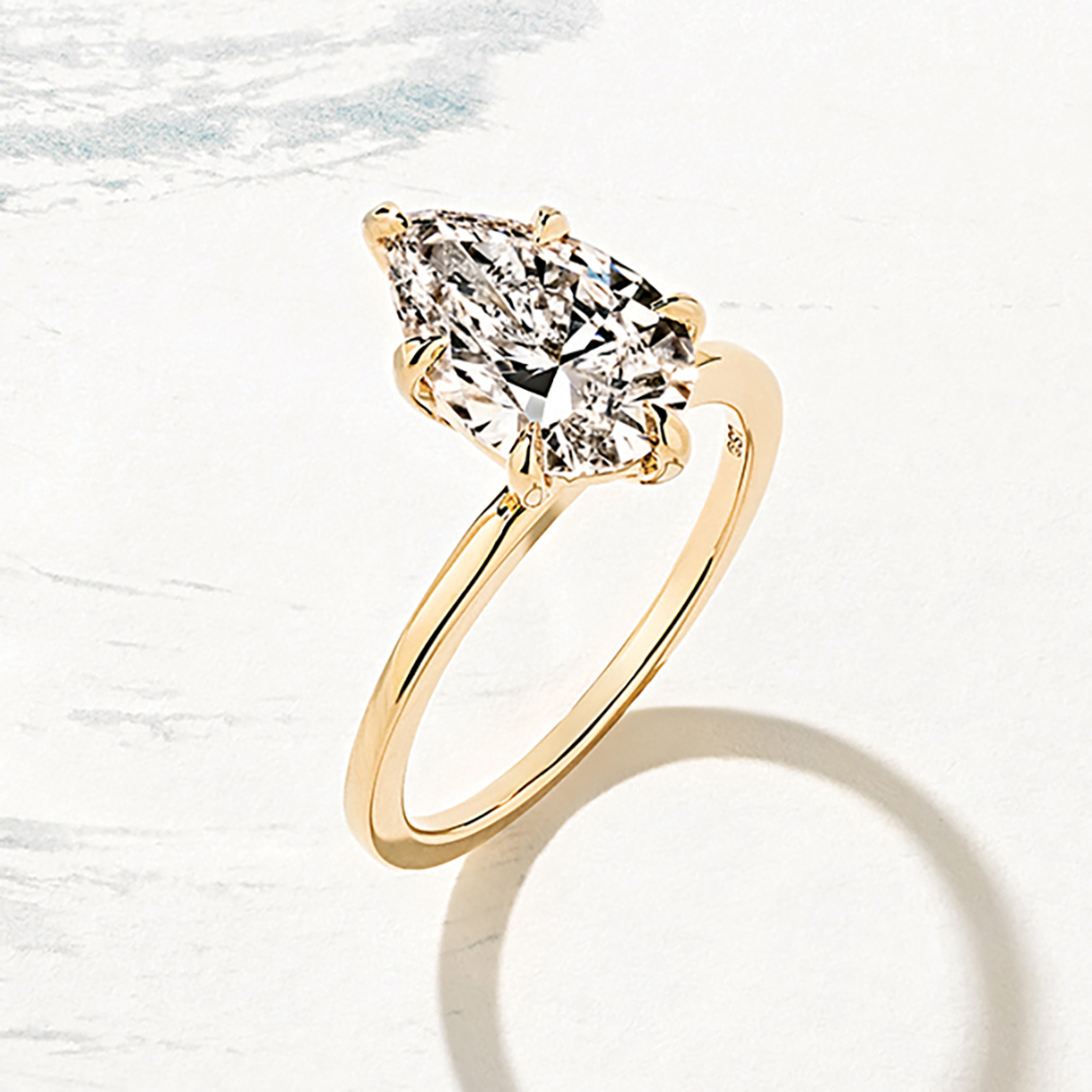
Custom lab-grown diamond ring by MiaDonna.
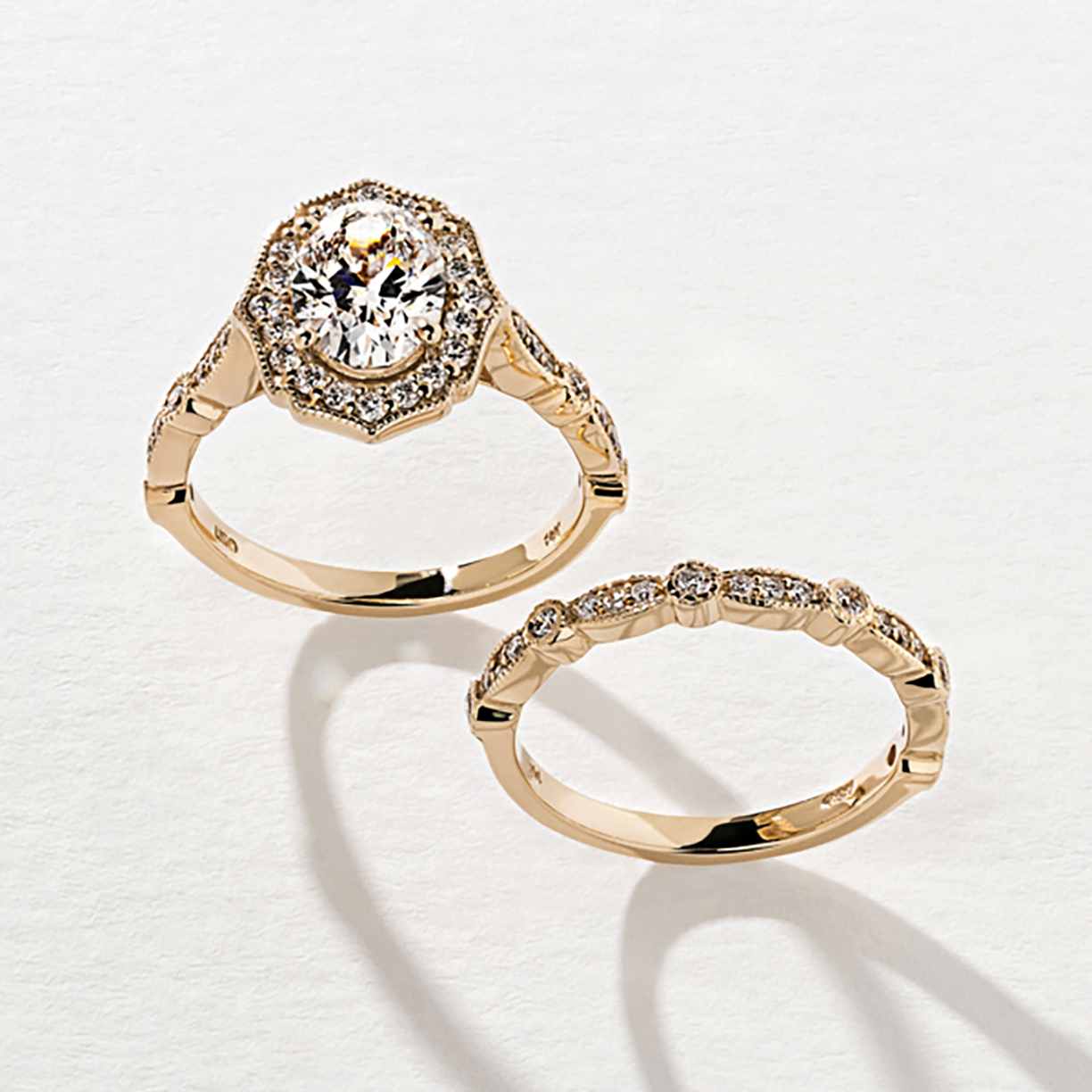
Photos courtesy of MiaDonna
Paris ring set with natural recycled diamonds by MiaDonna.
Fashion brands held to the highest style standards are now being called on to create unforgettable designs, responsibly.
The footwear industry poses a few hard-to-answer questions when it comes to sustainability. The amount of waste generated in the production phase is staggering and the options for recycling post-consumption are challenging due to the wide variety of materials used.
For example, rubber and leather are difficult to recycle and the chemicals used, such as glues and dyes, can be detrimental to the environment. Despite the many obstacles, there are companies that are more than up to the challenge.
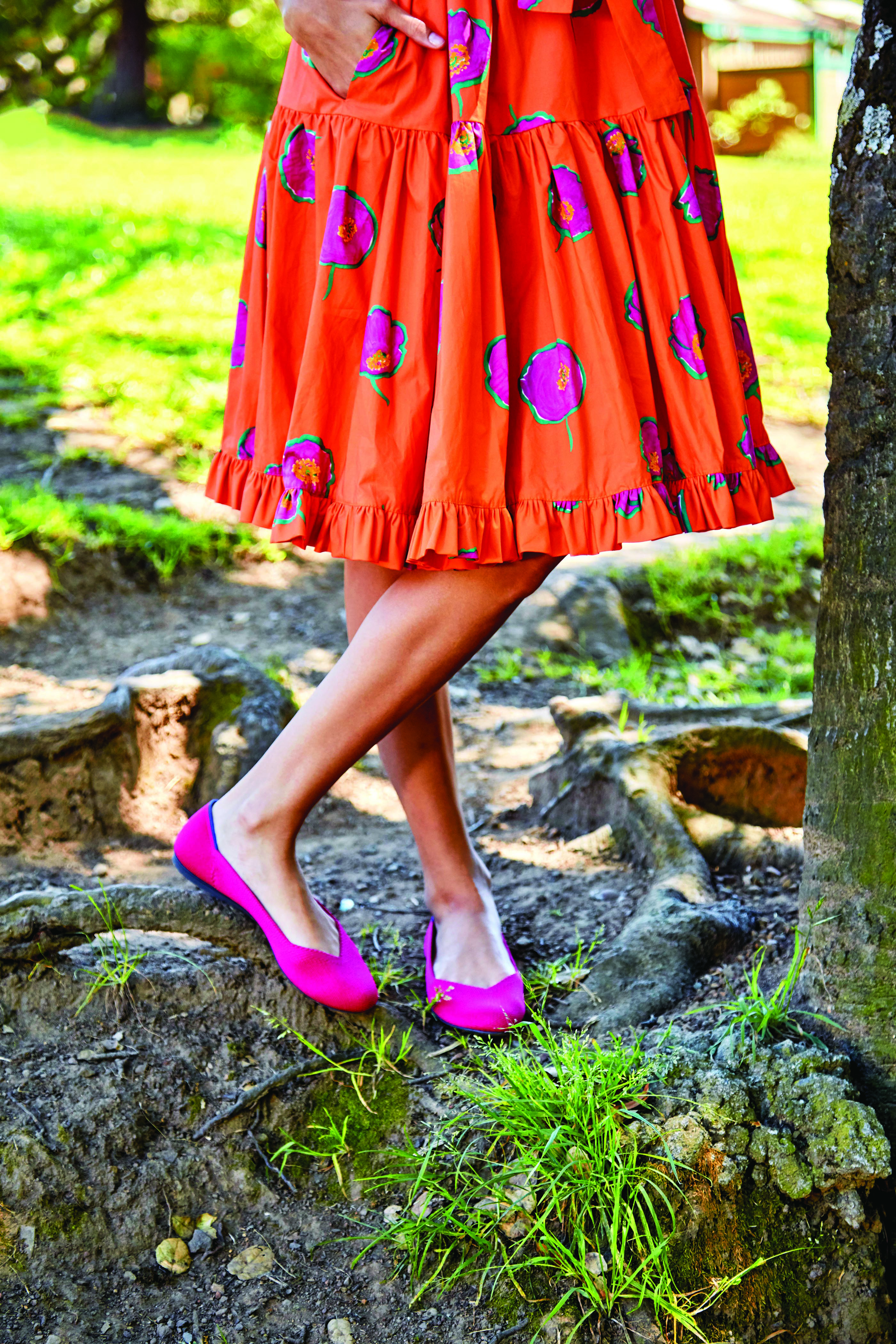
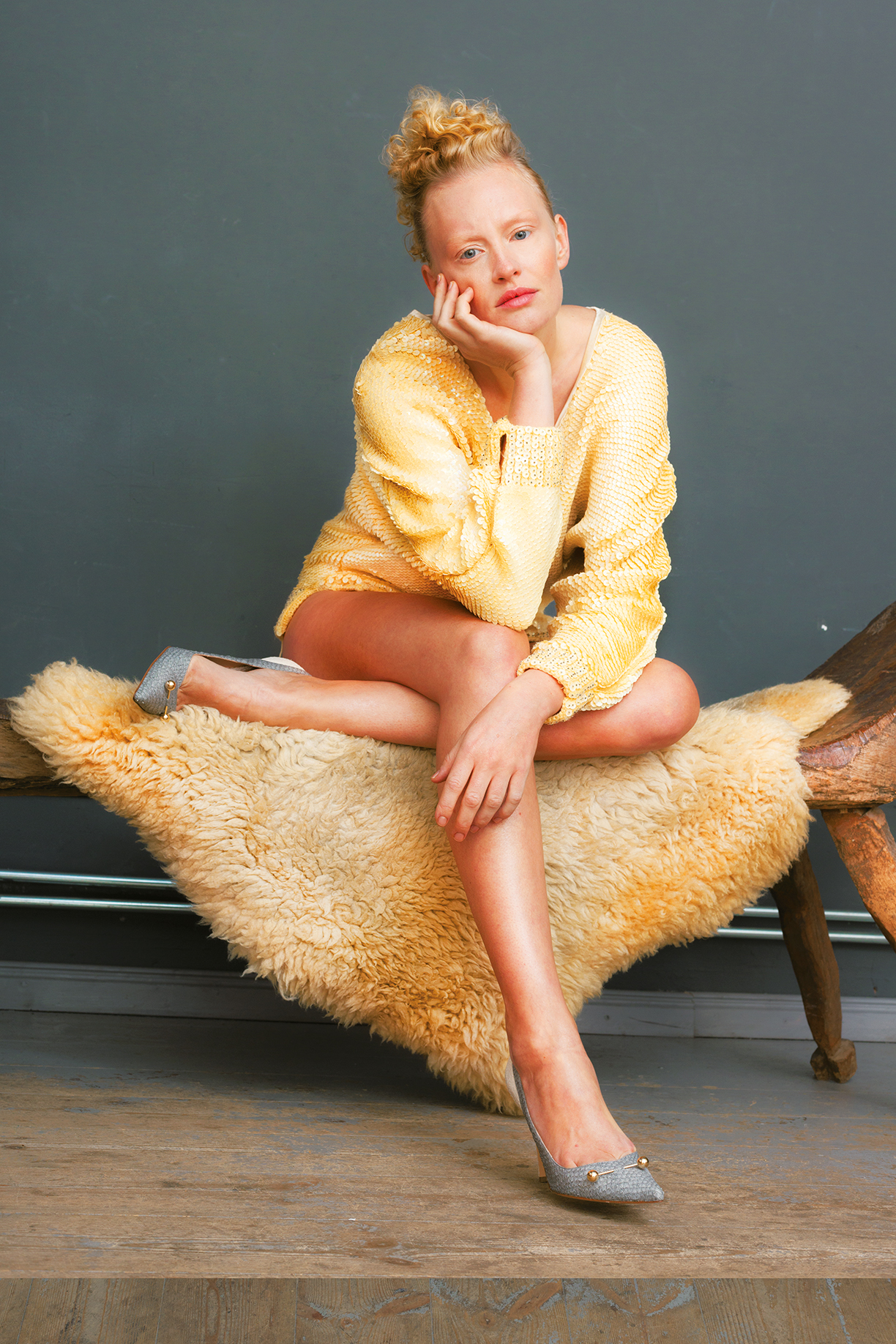
Photo courtesy of Rothy’s
Model with shoes photo by kerstin jacobsen
ALINASCHUERFELD, named after its founder, is the perfect example of a fashion-forward company offering high-end products without harming the environment along the way. “We are galvanizing the way to a fair and sustainable fashion industry, built upon the powerful human and planetary principles of respect and responsibility,” says the founder and CEO, Alina Schürfeld. “I am using fashion as a tool to create consciousness; the products tell a story about traditional craftsmanship, quality, and appreciation.”
From the beginning, Schürfeld knew she wanted to create well-crafted, distinctive pieces, and sustainability was always the starting point. “The fashion industry has disastrous, often irreparable socio-cultural and ecological effects,” says Schürfeld. This is why her company utilizes salmon leather and chrome-free tanning, which help to reduce chemicals and limit waste.
Leather tanning is the process that transforms animal hides into a durable and long-lasting material that will not quickly decompose. However, the approach involves harsh chemicals that not only contain dangerous carcinogens but can contribute to harmful runoff. To avoid certain hazardous chemicals, ALINASCHUERFELD uses leather that is tanned with chrome-free, vegetable-, or rhubarb-based substances.
Additionally, the eco-conscious company uses bio-certified salmon leather, which would otherwise be disposed of and wasted. “I was inspired by the idea of adding extra value to a former waste product that was discarded from the processing fish industry,” Schürfeld says. Salmon leather provides the same durability as traditional leather and offers a unique texture that contributes to the style of the shoe.
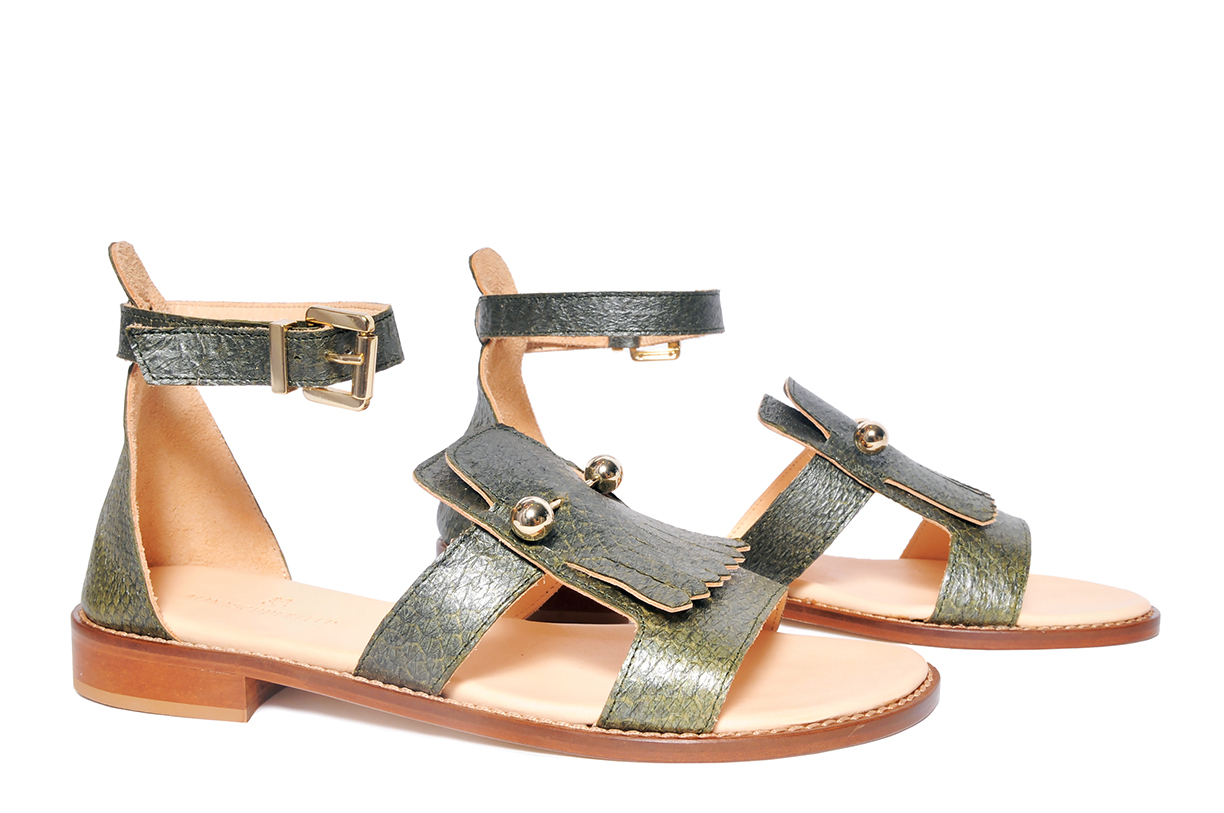
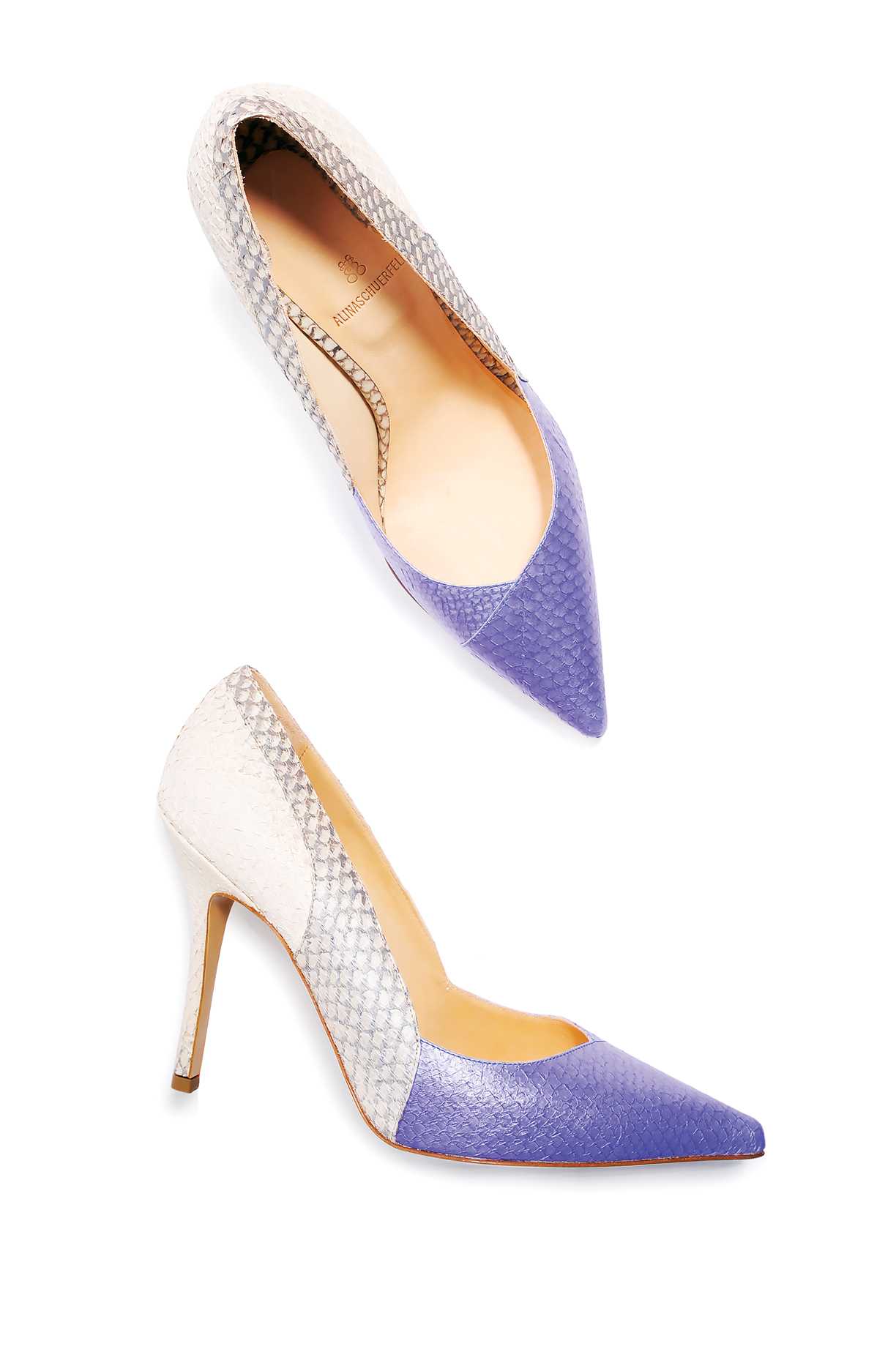
The texture of the salmon leather is clearly preserved and adds to the individual design.
Photos courtesy of Alinaschuerfeld
Rothy’s, another unforgettable brand, proposes fashion crafted mainly from the dreaded, post-consumer plastic water bottle.
This sustainable footwear company is growing in popularity, not only because of the big names that are sporting its shoes, like Kristen Bell, Amy Adams and Meghan Markle, but due to the company’s admirable goal to create shoes without leaving behind waste. The Flat, the Point, the Loafer, and the Sneaker are made from recycled PET plastic — a widely-used packaging material — that is transformed into yarn and then 3D knitted, according to Rothy’s. Even the foam and the rubber used for the soles of the shoes are made from recycled materials and designed to reduce waste.
The company emerged in 2015 when co-founders Stephen Hawthornthwaite and Roth Martin realized comfortable and fashionable flats were hard to come by. Once understanding the amount of waste that’s created in the footwear industry, they decided on a sustainable process. Rothy’s 3D knitting process reduces waste significantly compared to other companies. The entire procedure from the plastic bottles to the minimalist shoe box has been streamlined in terms of sustainability.
Already, 25 million water bottles have been saved from a lifetime at the bottom of the ocean and transformed, according to Rothy’s. The sophisticated designs and brilliant colors are professional enough for the office, stylish enough for a night out, and comfortable enough for a day of adventure. Rothy’s also offers a collection of kids shoes that are lasting and easy to care for in a variety of prints such as flames, rainbows, and more.
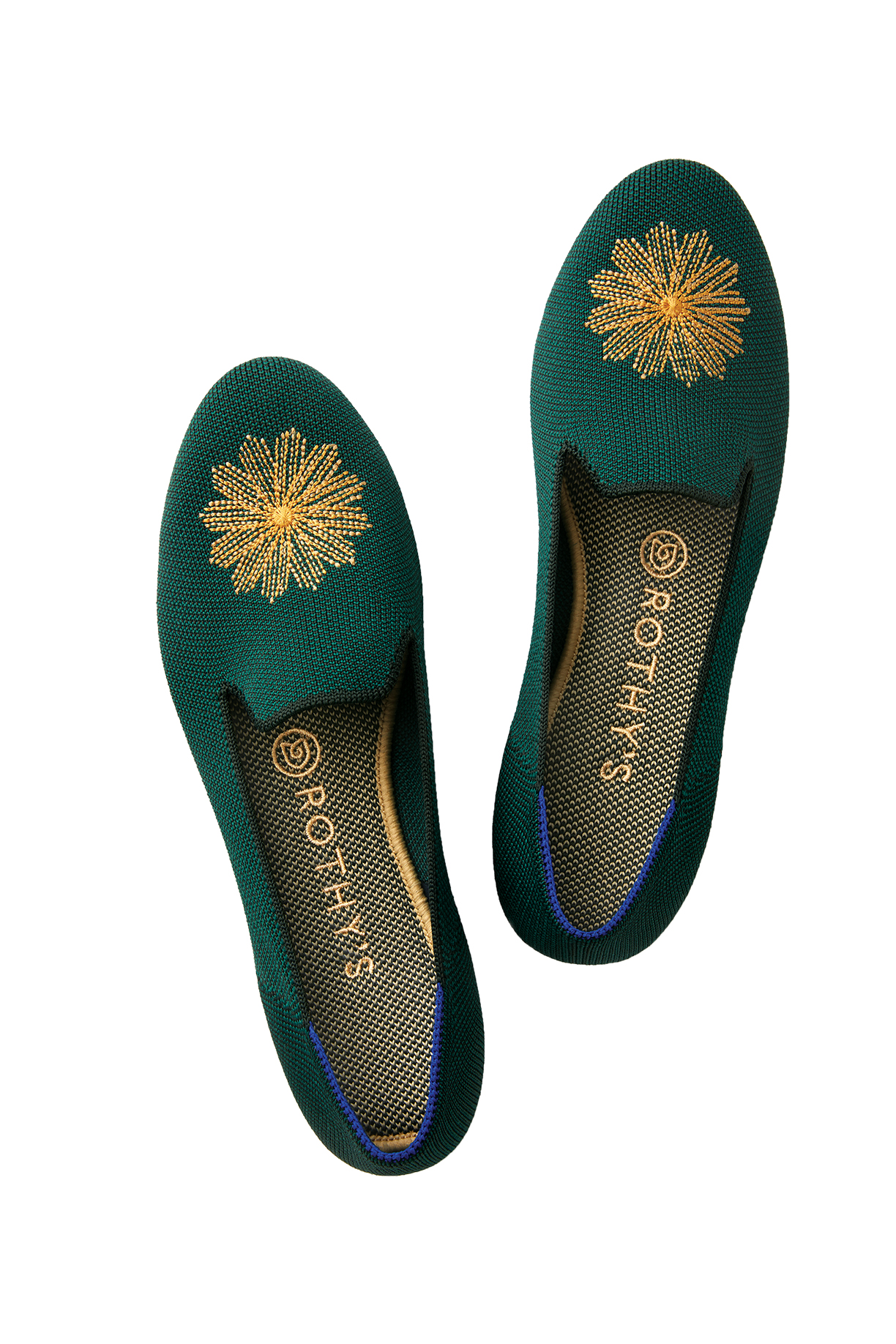
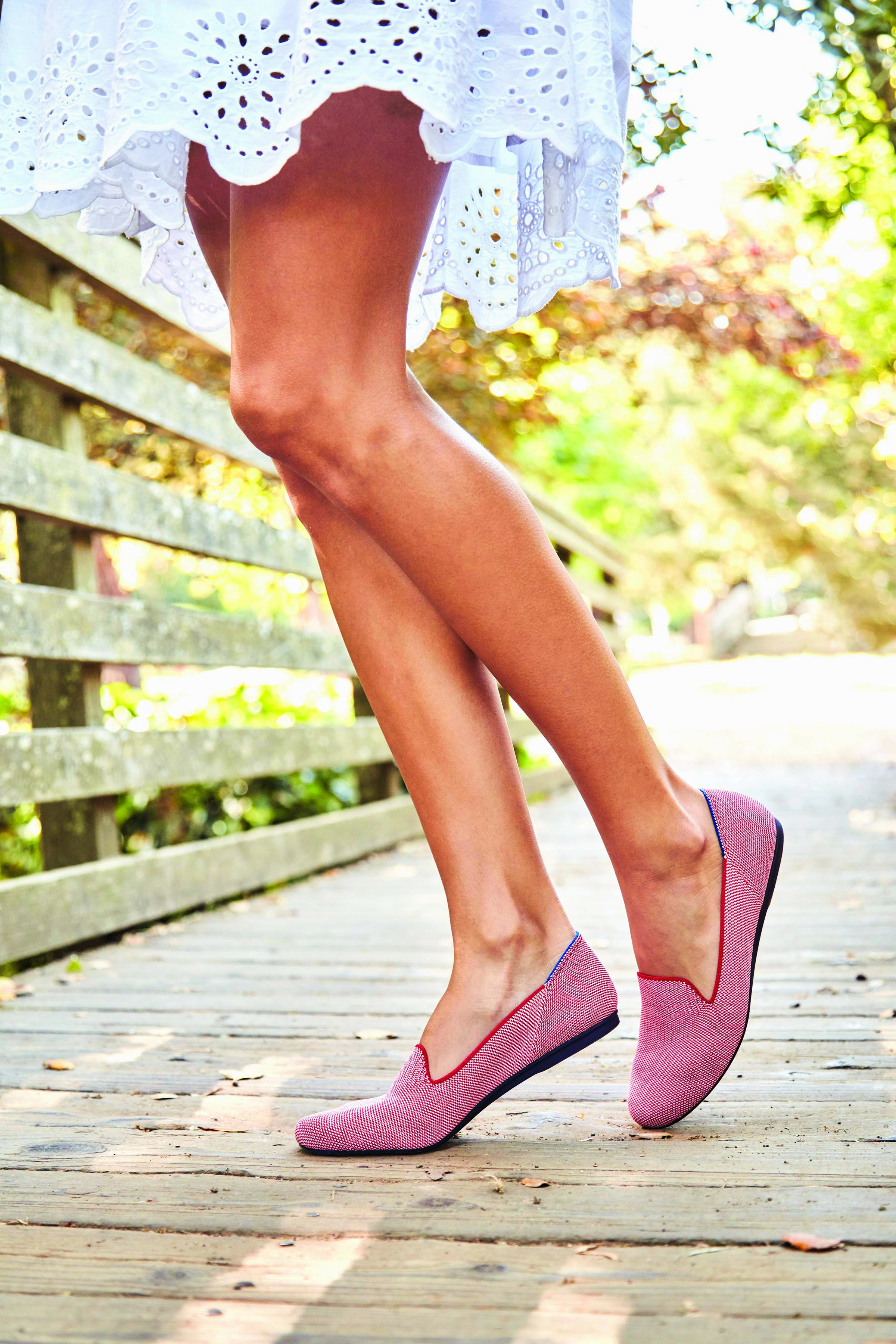
Photos courtesy of Rothy’s
Responsible footwear continues to be a new kind of luxury that facilitates fast-paced and fashion-forward customers. “VEERAH is inspired by women, made for warriors,” says Stacey Chang, founder of VEERAH. “We are a mission-driven luxury shoe company founded for women to conquer the world in style and make a positive impact.”
The company works with a variety of groundbreaking materials that are cruelty-free and non-harmful for the environment, making the brand stand out among others. With sustainability in mind, VEERAH uses cork, which is durable, soft, and water-resistant, as well as post-consumer PET plastic bottle fabric, vegan calfskin, and even apple peel skin. This revolutionary bio-based vegan leather comes from actual apples harvested in the Italian Alps. The peels are dried, ground into a fine powder, and transformed into a breathable and sturdy material that is perfect for crafting footwear.
“As a socially and environmentally conscious woman, it was essential for me to create a versatile collection that aligned with my own personal values. I knew that sustainability and luxury could harmoniously coexist when you combine smart sourcing and thoughtful design,” according to Chang. Chang decided to start VEERAH when she couldn’t find a shoe that was sustainable and vegan. Every aspect of VEERAH shoes, from the fabric and the soles to the ink used for the packaging, are designed to effectively reduce landfill waste and limit toxic chemicals.
VEERAH’s apple peel skin is a sustainable, vegan alternative to traditional leather.
Photos courtesy of VEERAH
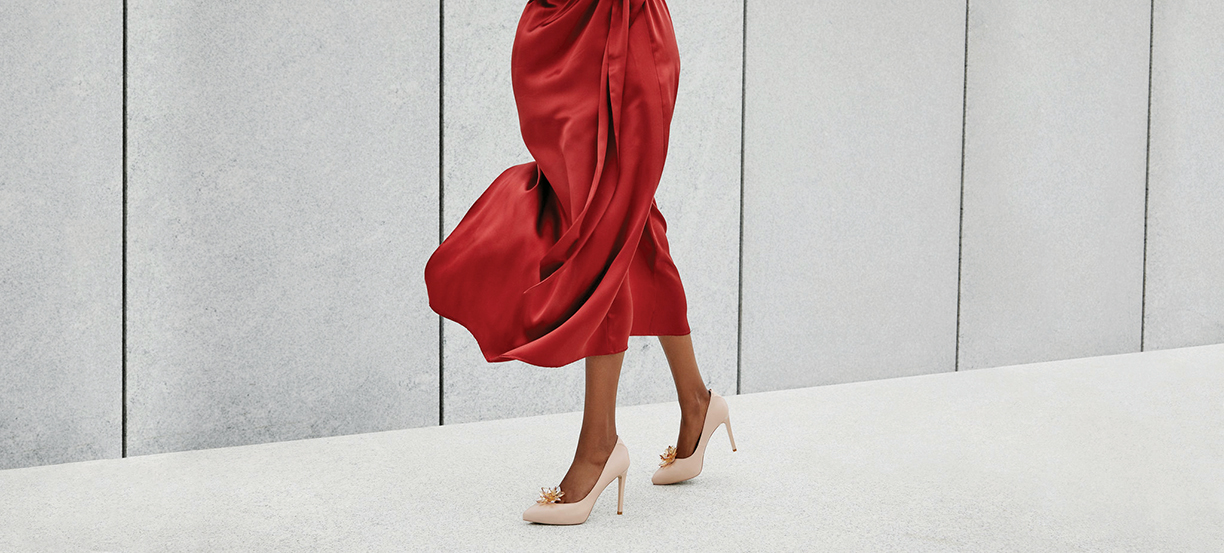
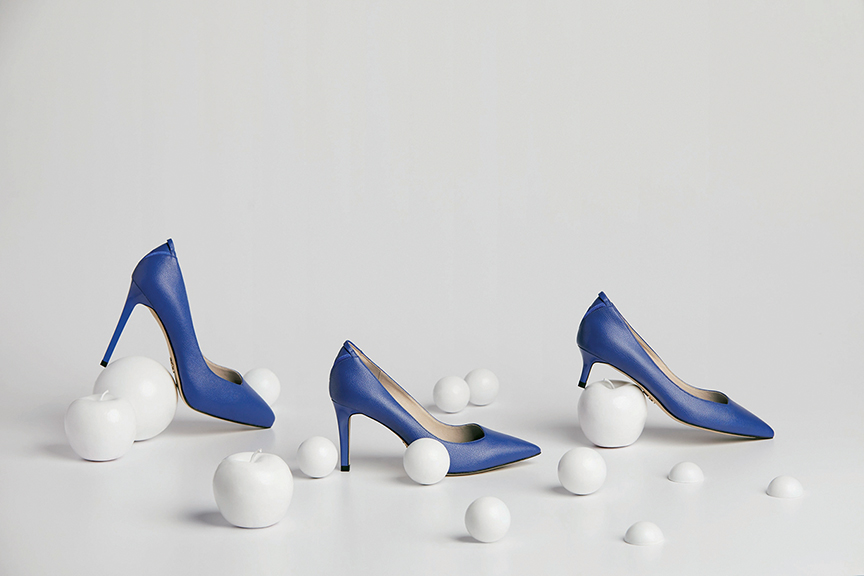
For similar content, try; Sustainable Shoes and More by Nisolo, Comfort and Style, Sustainable Design Highlights.
Nisolo, a sustainable fashion brand, shares its impact report online and offers everything from jewelry and accessories, to heels, boots, bags and more.
This company focuses on more than low prices. The handcrafted process involves intentional designs, an ethical work environment, and comfortable fashion that can be worn every day.
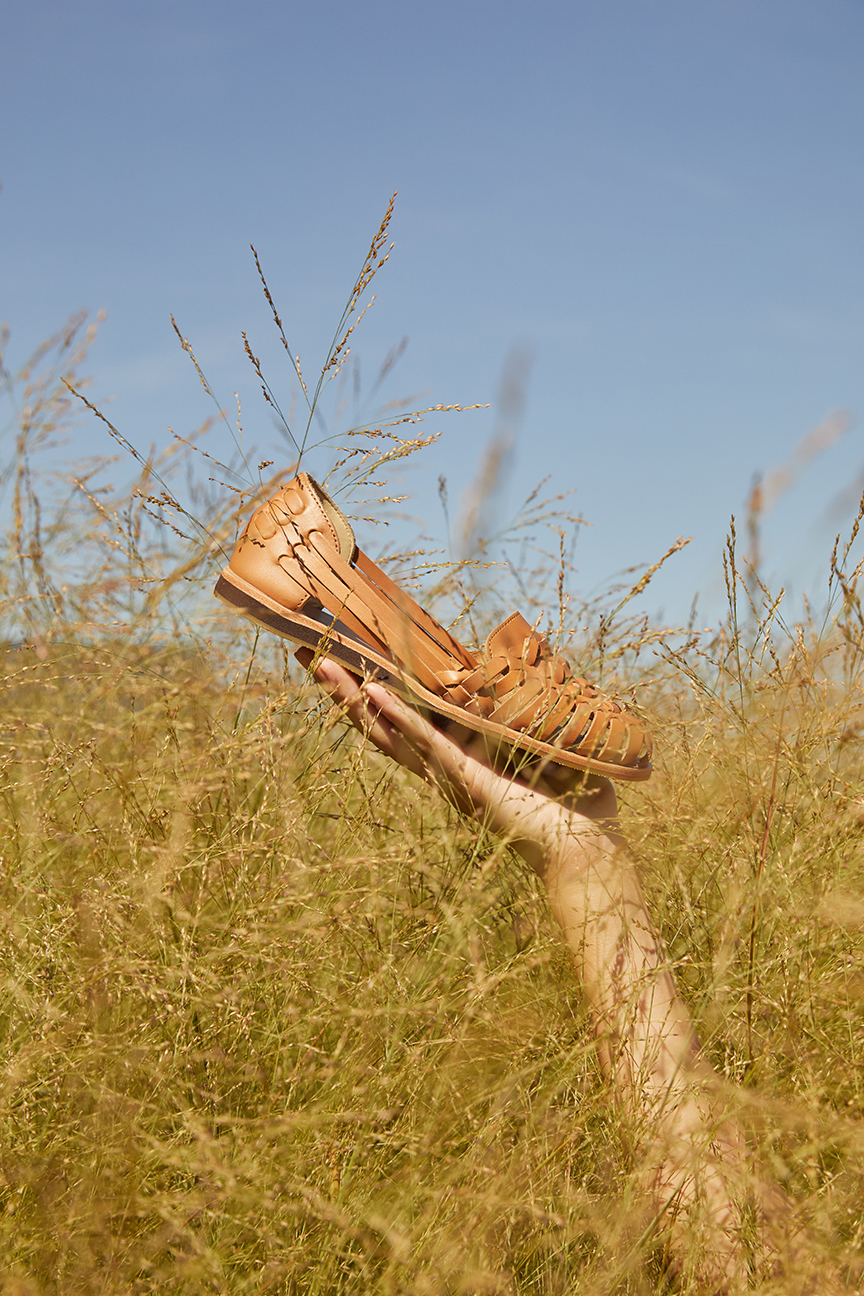
We sat down with Devon Murrie, brand partnerships manager at Nisolo, to learn more about this industry.
What is the inspiration behind your company?
Nisolo has the vision to push the fashion industry in a more sustainable direction — where success is based on more than just offering the cheapest price — a direction that not only values exceptional design but the producer and the planet just as much as the end consumer.
.
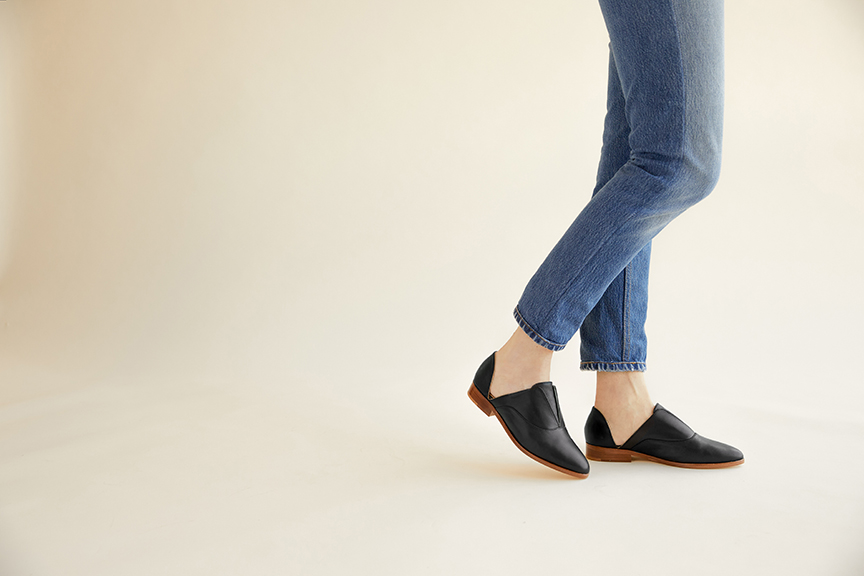
What are some of the biggest challenges when creating sustainable shoes?
One of the biggest challenges of sustainable production is gaining complete visibility into every level of a supply chain. We took a much deeper look into our supply chain in 2018 after learning from Patagonia about their material traceability practices. We still do not have 100% visibility into every level of our supply chain (we regularly visit all of our factories and tanneries, but no farms to date), however, after speaking with representatives of our tanneries in León, Mexico, we know that a lot of our leather comes from farms in the USA and northern Mexico, and is a byproduct of the meat industry. Diving into this further is a priority of ours for 2019.
What does sustainable mean to you?
We at Nisolo feel a responsibility to the ethical treatment of our producers. We work to ensure living wages, safe and healthy working conditions, and additional benefits such as healthcare, time off, and bonuses for our producers. We also feel a responsibility to understand our supply chain and mitigate our environmental impact. All leather used in our supply chain is a byproduct of the meat industry, and we’re utilizing the more eco-friendly vegetable tanning method across many products.
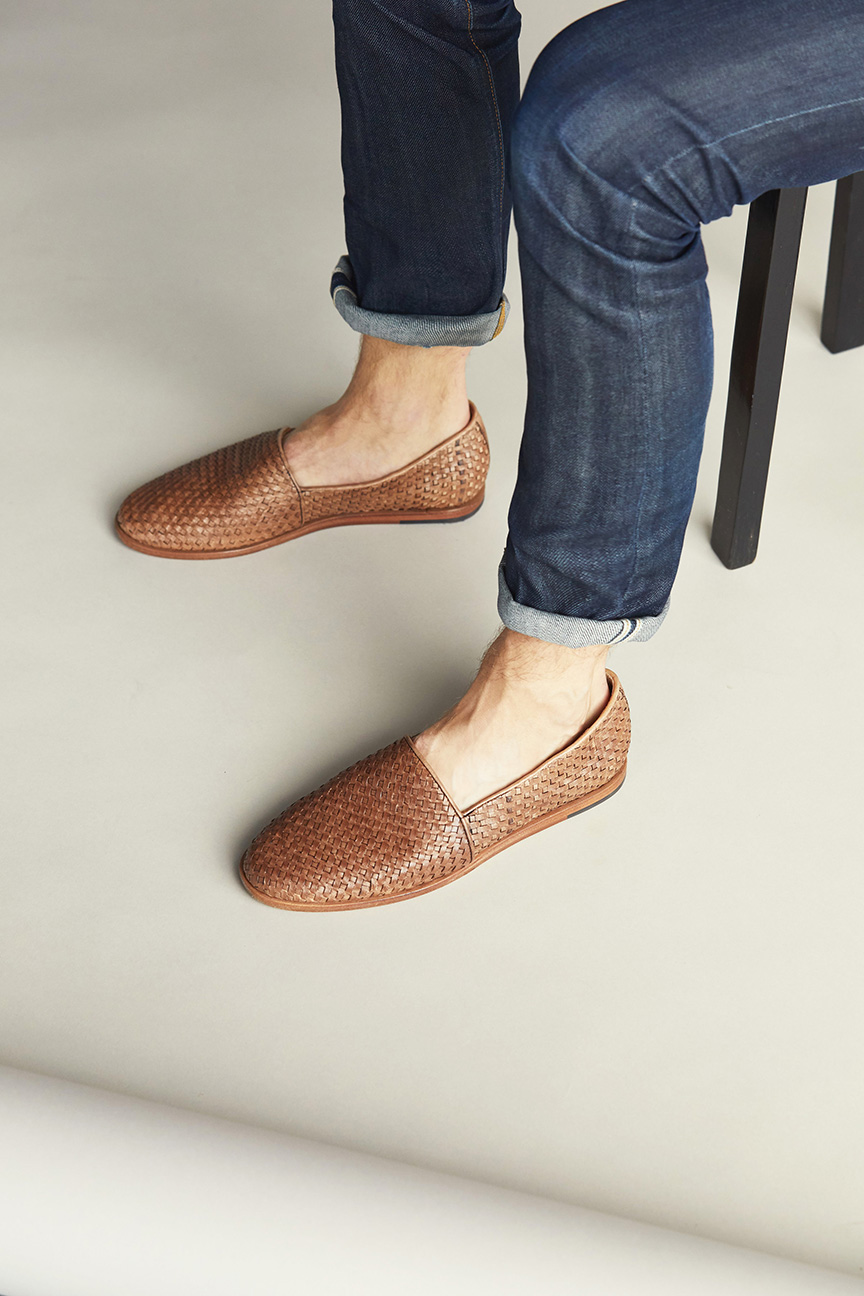
Please explain why your company stands out among others?
Two things really set Nisolo apart: our attention to good, functional design and our vertical integration. We actually own and operate our factory in Peru, which allows us both visibility and flexibility into our design and impact practices.
Despite our confidence in those areas, we know greenwashing has reached new heights in our industry and we felt it essential to obtain third-party certification from a highly respected organization. So in 2017 Nisolo also received B Corporation certification — recognizing us as a company that uses the power of business to help solve the social and environmental challenges our world faces today.

Photos courtesy of Nisolo














